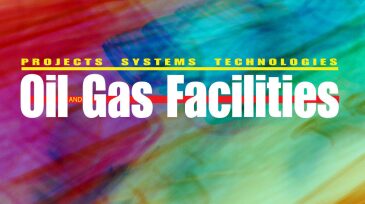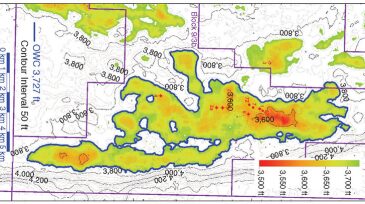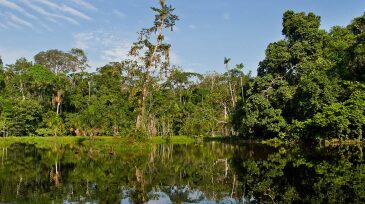case study
-
This paper provides a benchmarking of different cryogenic tanks in terms of operation life and type of containment (single- vs. double-containment tanks) in the LNG industry. The different options adopted to recertify these tanks are covered.
-
An appraisal program involving the Bentley field located on the UK continental shelf has addressed the key technical concerns associated with developing viscous crude in an offshore environment.
-
This paper describes a case study in which four reservoir models were coupled with a production-network model, with the objectives of maximizing recovery factors, identifying operational problems, and evaluating water-production effects.
-
Upstream separation processes remain a hot topic for facilities engineers. Striving to design separators with the optimal sizing for a variety of reservoir conditions, increasing water cuts, and dynamic gas/oil/water production characteristics is critical, but challenging.
-
This paper presents two real-field case studies from the Norwegian continental shelf that use available DFA data to support the assumptions made from other data on reservoir architecture between wells.
-
The United States shale boom brought the issue of social license to operate (SLO) to the forefront.
-
Despite a short 18-month planning time and very limited geological data, the TTD-1 high-pressure/high-temperature (HP/HT) exploration well in East Malaysia’s Block SK was drilled successfully.
-
This paper describes Saudi Aramco’s efforts to eliminate early foaming incidents during the commissioning stage of the Karan nonassociated (NA) sour-gas field.
-
This paper focuses on the applicability of subsea processing technology employing multiphase pumps to develop marginal fields commercially. Analytical methods were used to evaluate the pumps, and the results were validated through case studies in specific fields.
-
There are considerable benefits to conducting rigless subsea well intervention from specialized monohull vessels.










